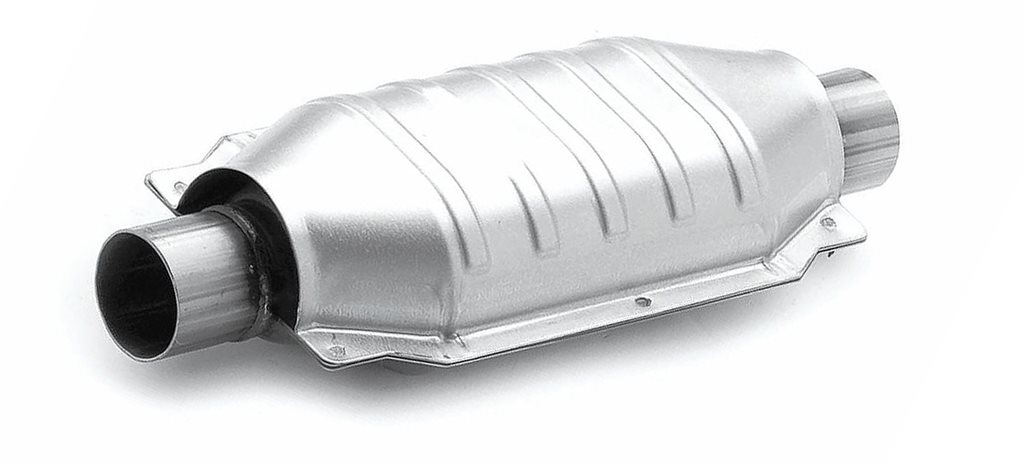While it is true that automotive technology has achieved higher levels of efficiency and speed, a combustion engine that is 100% clean has yet to be invented. One way or another, an engine will expel pollutants into the air, generating the consequent problems. The solution for this problem goes through a simple part that goes in the engine’s exhaust system and can get at various online and offline stores: the catalytic converter.
What Is A Catalytic Converter?
It is a metal compartment in the shape of a resonator placed and connected to the exhaust system. The converter reduces the levels of pollutants in the gases that are expelled from combustion.
Inside the catalyst, a ceramic is loaded with precious metals such as palladium, rhodium, or platinum, which traps the harmful components that the combustion of the car is expelling.
How Does A Catalytic Converter Work?
The operation is straightforward, and the only essential requirement is that it must work at a high temperature, about 700 degrees centigrade. It broadly has three stages of the process: the first stage is to reduce emissions when it comes into contact with the catalyst mesh. In the second stage, the hydrocarbons and carbon monoxide are converted into water vapor and carbon dioxide.
For its correct operation, all parts of the car must be in good condition, such as the combustion air sensors and spark plugs that make the fuel burn optimally.
The positive impact of the catalytic converter on the environment is unquestionable. Studies carried out in Mexico have shown that this device’s use can reduce pollution at the automotive level by 80%. In some other countries, cars with this converter have the green seal that allows them free vehicular circulation every day of the year.
Why Recycle Car Catalysts?
At the end of its life, the catalyst can also be recycled (catalytic converter decaning) to respond to the current environmental problem. It contains a ceramic monolith and recoverable rare and precious metals. These elements will again be integrated into the core of a new catalytic converter. This makes it possible to reduce the extraction of these metals in the natural state and the cost price of the catalyst.


